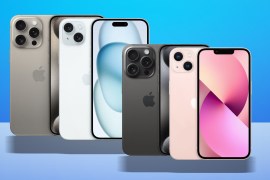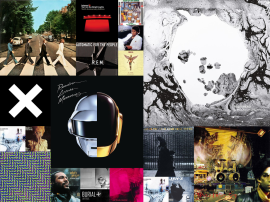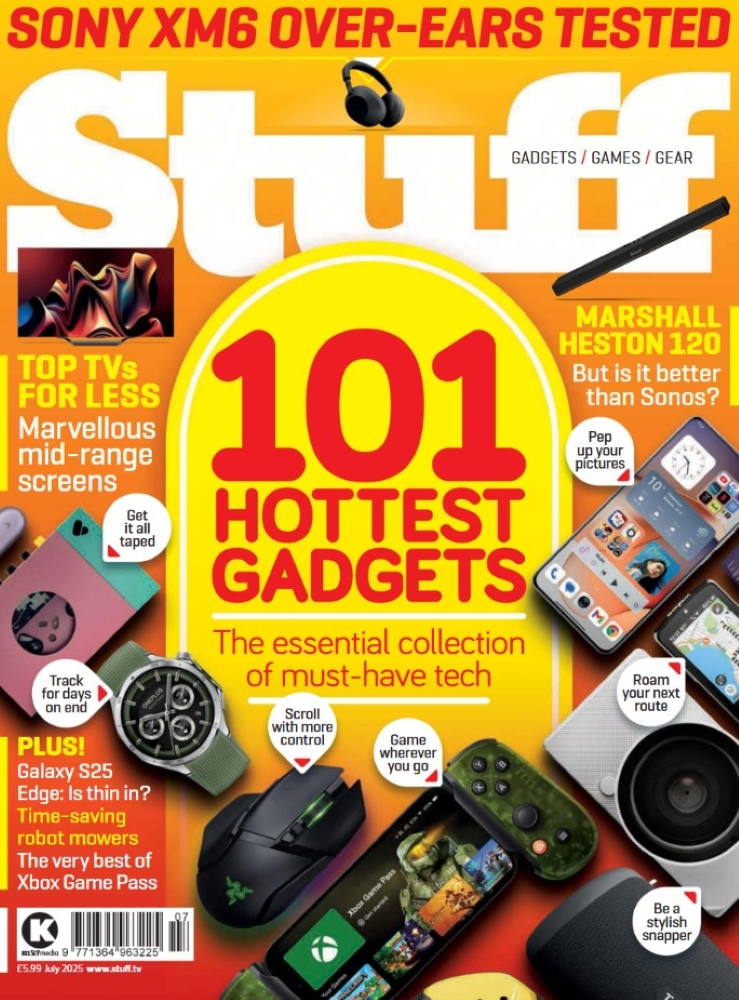25 of the most iconic computers ever
We’ve taken a stroll through the annals of computer history, plucking out the 25 most iconic computers that changed the world
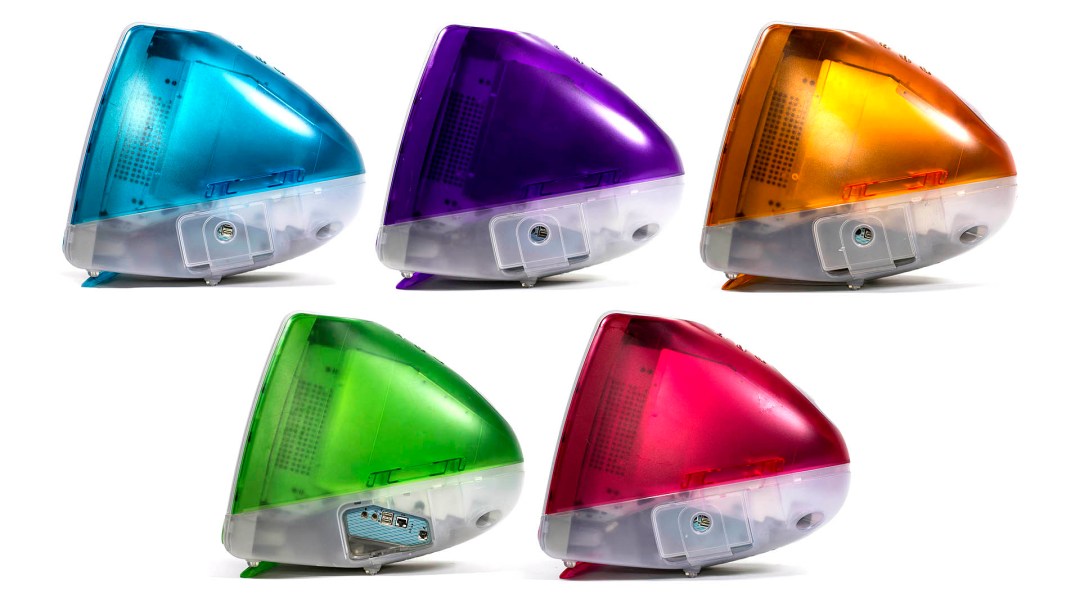
Home computers have come a long way since the ’70s, progressing from simple-text-based CRT monitors to full-colour 3D graphics, hi-res LCD screens, and hundreds of times more processing power in a simple desktop box than there once was in an entire room of hardware. Desktops were once all you could get, but notebooks came along and became the machine of choice for travellers. Even the best mid-range laptops have more power than most people will ever need.
But are any of today’s models as distinctive as the following machines? Probably not. And so here’s our pick of the most iconic computers ever made.
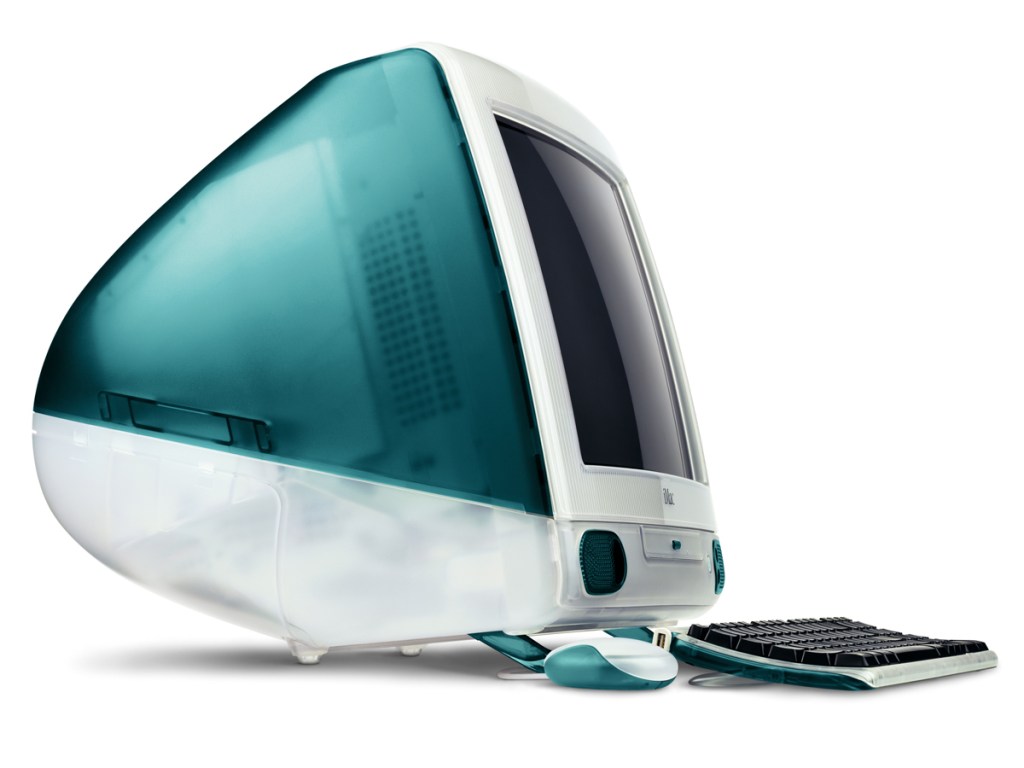
Apple iMac G3 (1998)
Along with the iPod, the original iMac is probably the product that best encapsulates Apple’s late ’90s/early ’00s resurgence. Jonathan Ive’s curvaceous and colourful all-in-one design was cuddly, colourful and cool – making something based around a 15-inch CRT desirable is no mean feat. The bold styling was backed up by equally ballsy feature choices: the G3 tossed out a 3.5-inch disk drive in favour of just a CD tray, came with a “hockey puck” circular mouse and was the first home computer to offer a USB port. Revolutionary? Not ‘arf. Apart from that hockey-puck mouse, which was rubbish.
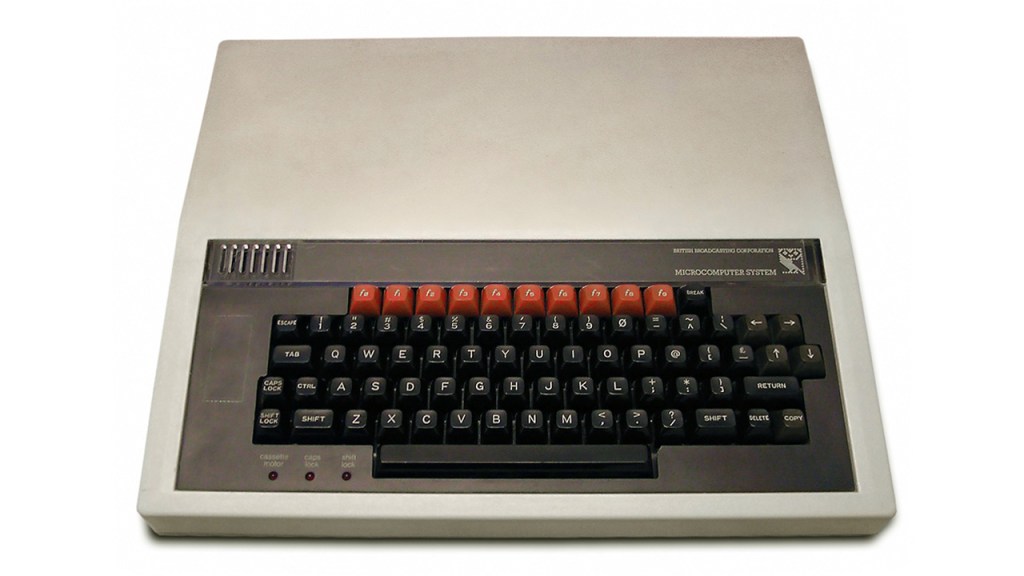
BBC Micro (1981)
Guaranteed to trigger a flood of memories for anyone who went to a British school in the ’80s or early ’90s, the Acorn-designed “Beeb” swiftly became the go-to computer for educational establishments, who prized its durability, power and versatility. Despite being largely ignored outside the UK, it’s undoubtedly one of the most iconic computers ever and found some success as a home computer, games machine (classic titles like Elite debuted on the BBC Micro) and even as a tool for synth-pop bands like Erasure, Yazoo and Depeche Mode.
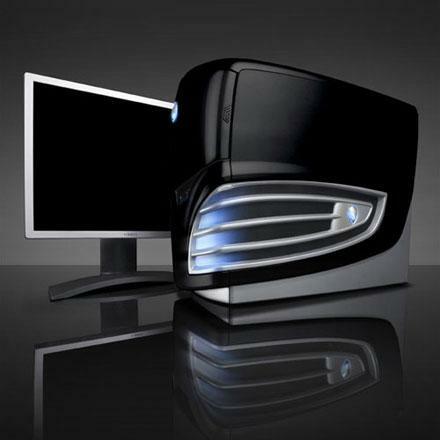
Alienware Area-51 (1997)
Cast your minds back to a time before hi-def games consoles. The PC was the uncontested ruler of the world of hardcore gaming, and Alienware’s desktops were widely considered the most scarily powerful gaming PCs available. These plastic behemoths were as beefily-specced as they were wallet-emptying expensive, and their UFO-inspired looks (glowing alien eyes!) moistened the underwear of adolescent FPS addicts worldwide.
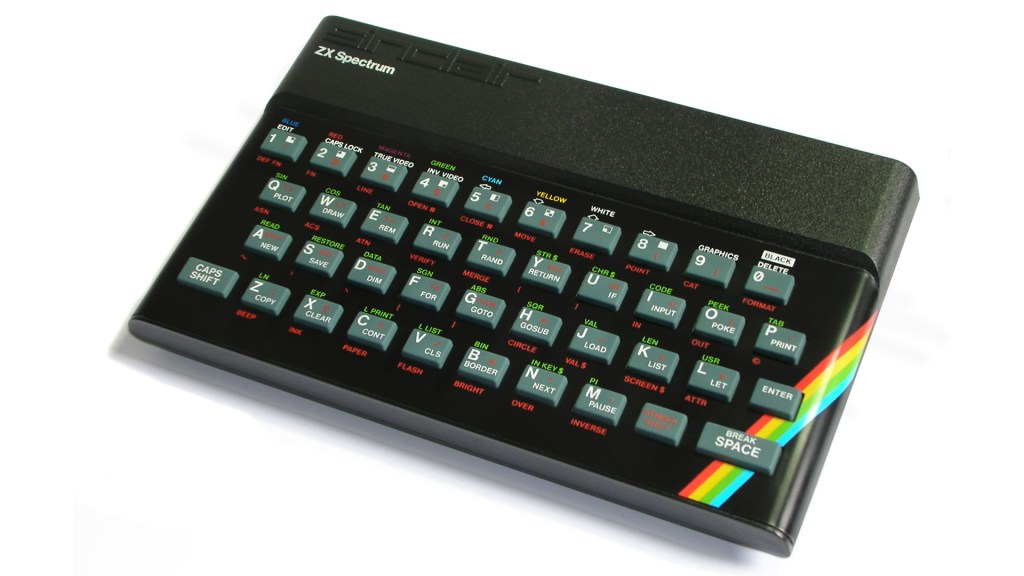
Sinclair ZX Spectrum (1982)
This compact, rubber-keyed 8-bit classic became a common fixture in British bedrooms and studies during the 1980s, chiefly as a games machine. What Spectrum owner could forget the banshee-like screeching that accompanied a game loading via data cassette? Or that it lasted about ten minutes? The Spectrum was perhaps less powerful than its great rival, the Commodore 64, having a palette of only seven colours (plus black) and a single channel of sound – but it became hugely popular, particularly in the UK, and led to a knighthood for its creator Clive Sinclair. He then invented the C5, for which he should have been de-knighted.
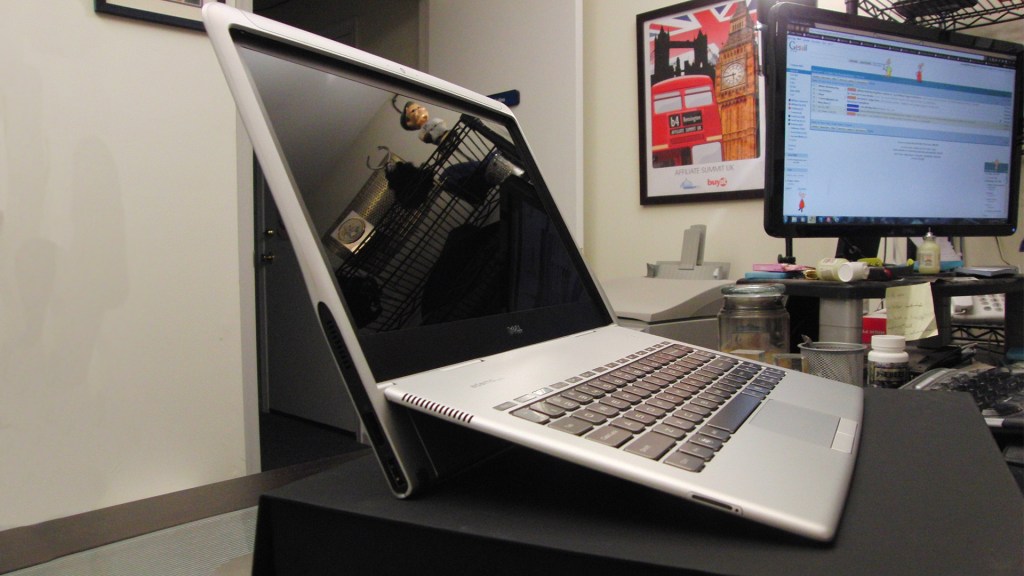
Dell Adamo XPS (2009)
Think the MacBook Air is thin? The Adamo makes it look like a chubber, being a wafer-esque 9.99m in depth. It’s the thinnest laptop ever made, no less – and a real looker too, proving that grey-plastic-loving Dell can create something truly gorgeous. And the way its screen automatically flips up when you touch the heat-sensing strip on the top with your fingertip is achingly cool.
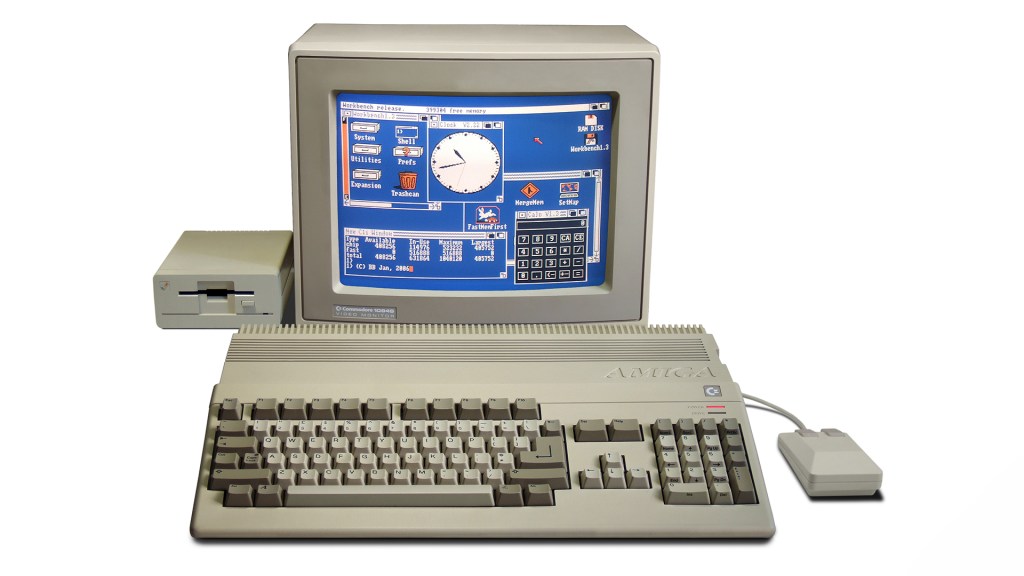
Commodore Amiga 500 (1987)
Commodore scored a huge hit with its range of 16-bit computers, and the Amiga 500 became the most popular home computer in Western Europe. Although capable of performing a range of tasks, the Amiga was most commonly used as a games machine: who can forget classics like Lemmings, Speedball 2, Cannon Fodder and Indiana Jones and the Fate of Atlantis?
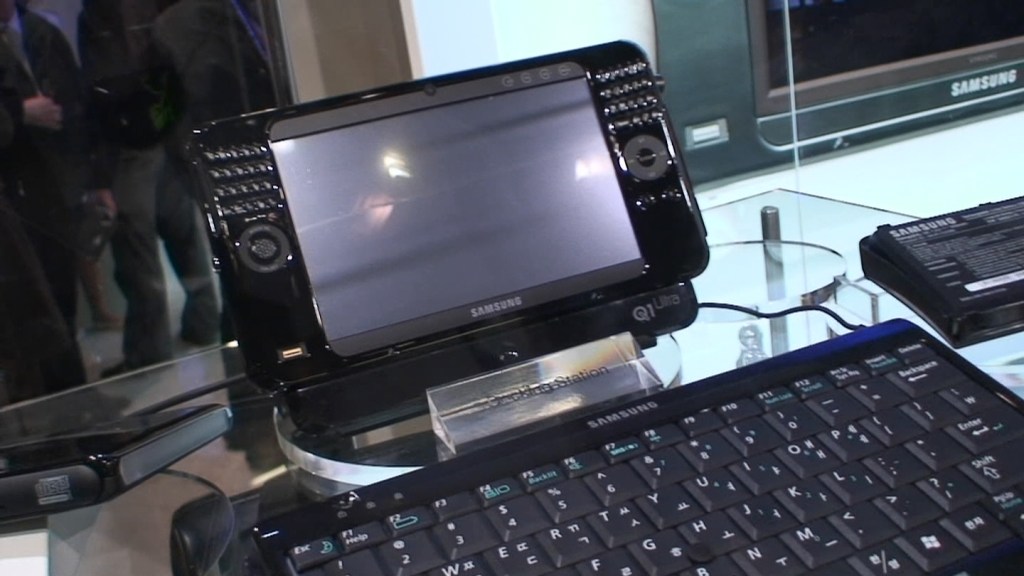
Samsung Q1 (2006)
Samsung’s Q1 sparked a short-lived craze for UMPCs (ultra mobile PCs), computers tiny enough to be tucked into a manbag for a weekend away. The original Q1 had a 7-inch touchscreen, a 40GB hard drive and three hours of battery life, but its largish frame made it awkward to hold. While it was never a huge success, it demonstrated that big guns like Samsung were serious about ultra-mobile computing, and is a direct ancestor of today’s Galaxy Tab.
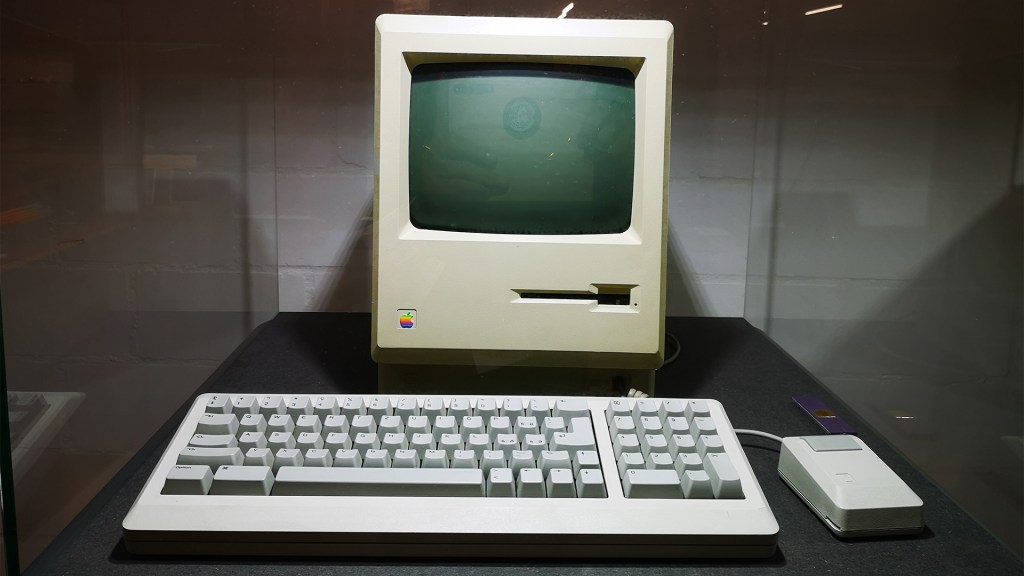
Apple Macintosh 128K (1984)
The first Apple Mac was an all-in-one computer based around a 9-inch black-and-white CRT monitor. Despite its beige colour, it was a design hit. It also came with Mac OS 1.0, one of the first-ever graphics-based user interfaces, and served up impressive performance for the price – costing about $2,500, you could use it for graphics applications for which you’d have previously needed a $10,000 PC.
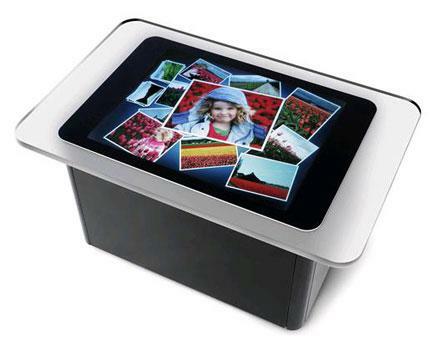
Microsoft Surface (2008)
Apple may have made multitouch mainstream but Microsoft’s original Surface brought it into the commercial world: a 30-inch multitouch HD display that looked like a table, it let its user (or users) manipulate on-screen objects through a variety of gestures. Renamed as the PixelSense in 2012, it could respond to up to 52 touches simultaneously, and its large size made it ideal for use in shops, restaurants and museums. Samsung would later make a 40-inch version, which was discontinued in 2014. And as exciting as a giant $10,000 horizontal tablet may have been, Microsoft decided its efforts, and the Surface name, were better employed elsewhere.
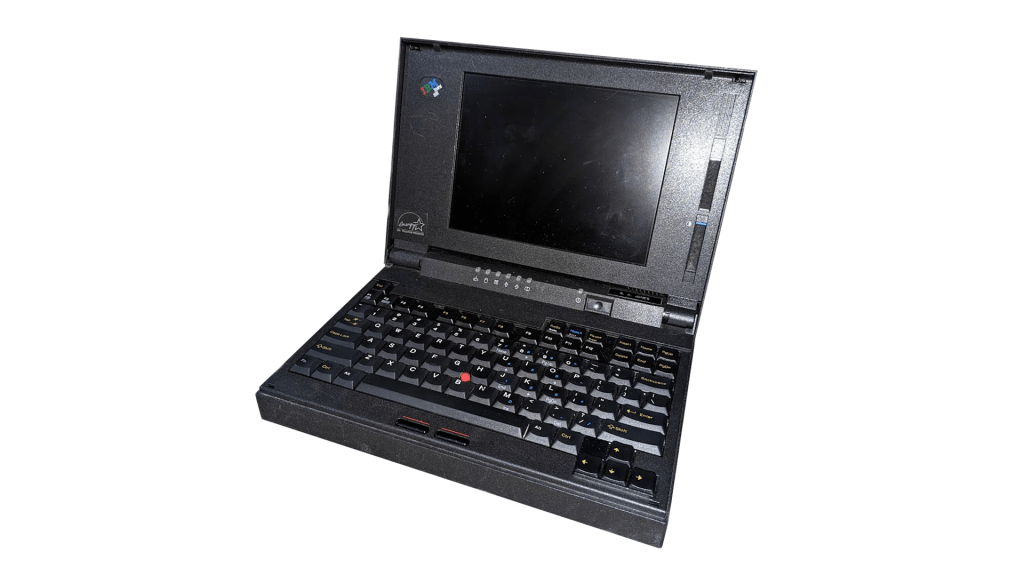
IBM ThinkPad (1992)
Want to know how reliable the ThinkPad is? Well, in 1993 NASA took IBM’s laptop aboard the Space Shuttle Endeavour for the first time to see how it performed in space – and it remains one of the few laptops certified for the International Space Station. “Well built” doesn’t even come close.
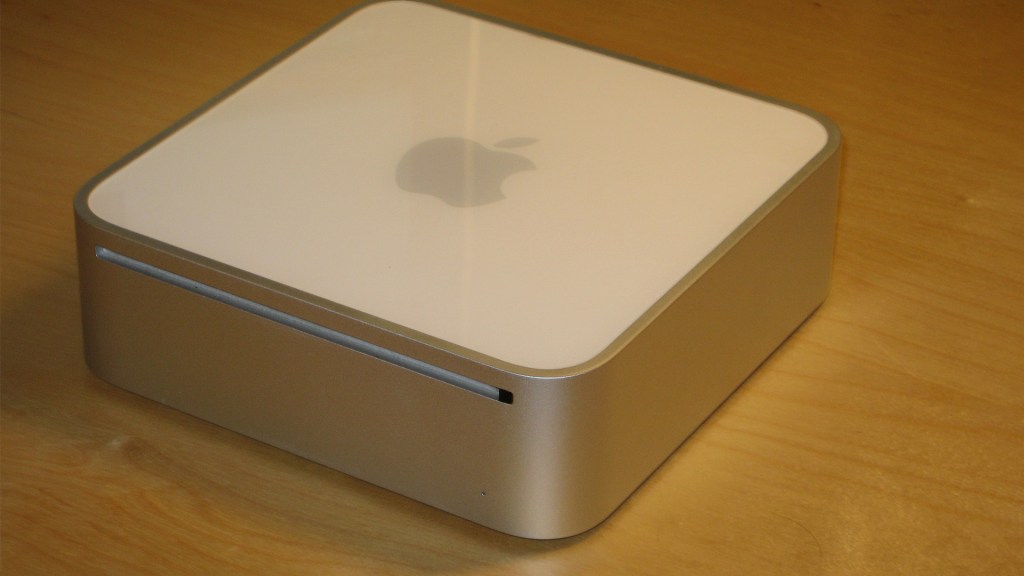
Apple Mac Mini (2005)
Apple approached its first micro-sized desktop in typical fashion: by making it sexier and smaller than its Windows-based rivals. The original Mini was a mere 165 x 165 x 51mm in size and its stylishness has made it popular as a home theatre PC – it’s one of the few personal computers that looks good underneath your telly.
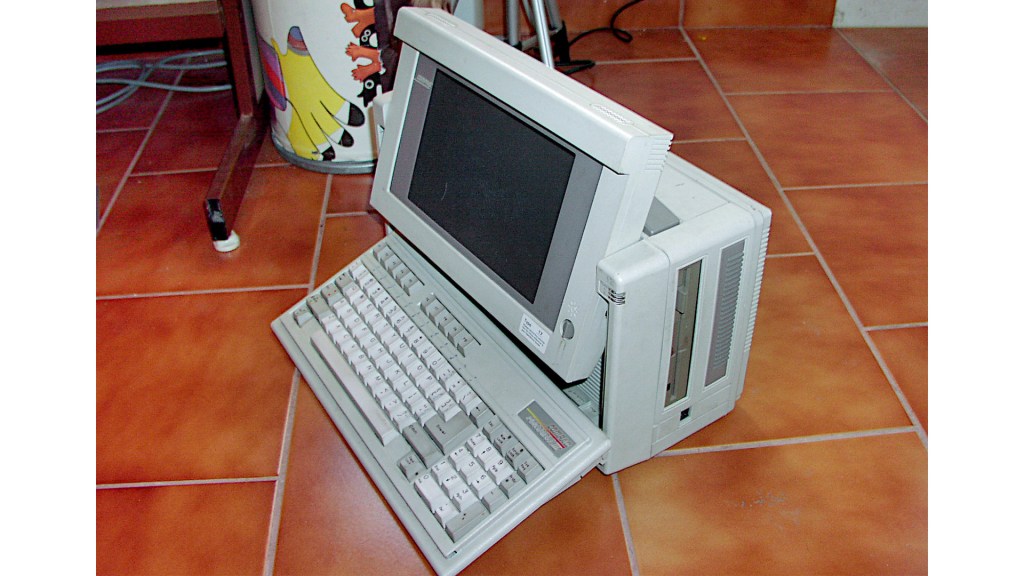
Compaq Portable III (1987)
Despite boasting the looks of an upended fax machine, the Portable III was rightly regarded as a high-concept product upon its launch. Why? Well, you could lug it about with relative ease, and there was a flip-up gas plasma screen built in – although its bulk and the lack of a battery meant it wasn’t as portable as a laptop.

Commodore PET (1977)
The Personal Electronic Transactor: goofy name, Buck Rogers looks, and essentially the first all-in-one home computer in the world. Despite an almost comically undersized calculator-style keyboard, the PET was successful enough to convince Commodore to keep producing variants into the ’80s – and it formed the basis for the crazily popular Commodore 64.
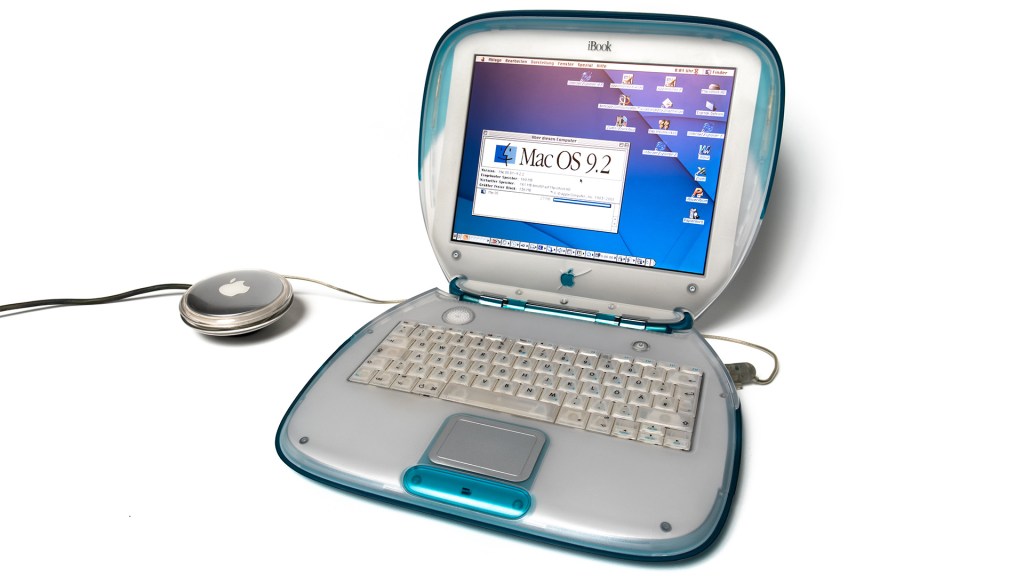
Apple iBook G3 (1999)
Apple streamlined its computer line-up in the late ’90s, and the 12-inch iBook G3 took the role of its low-end laptop – little did Apple know, but it was designing one of the most iconic computers ever. Taking many of its design cues from the iMac G3, the iBook also rocked a brightly coloured transparent plastic body, USB port and optical drive. It was the first laptop to offer built-in Wi-Fi as standard, and its photogenic looks made it a popular fixture in TV shows and movies.
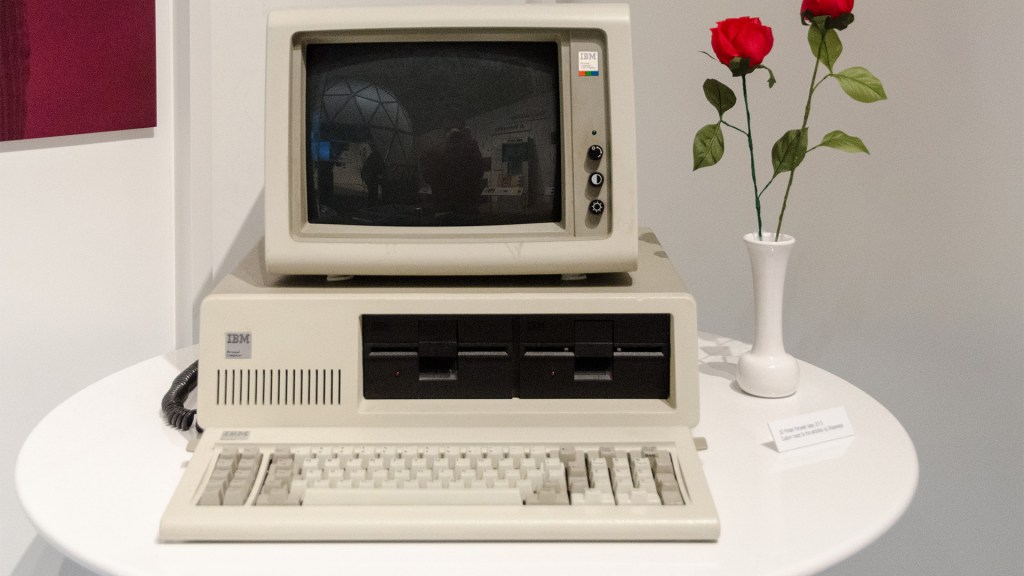
IBM 5150 (1981)
Also known as the IBM Personal Computer, the 5150 defined the term “PC”. While there were “personal computers” available before its 1981 launch, the 5150’s massive success meant that “PC” came to specifically mean an IBM-compatible computer.
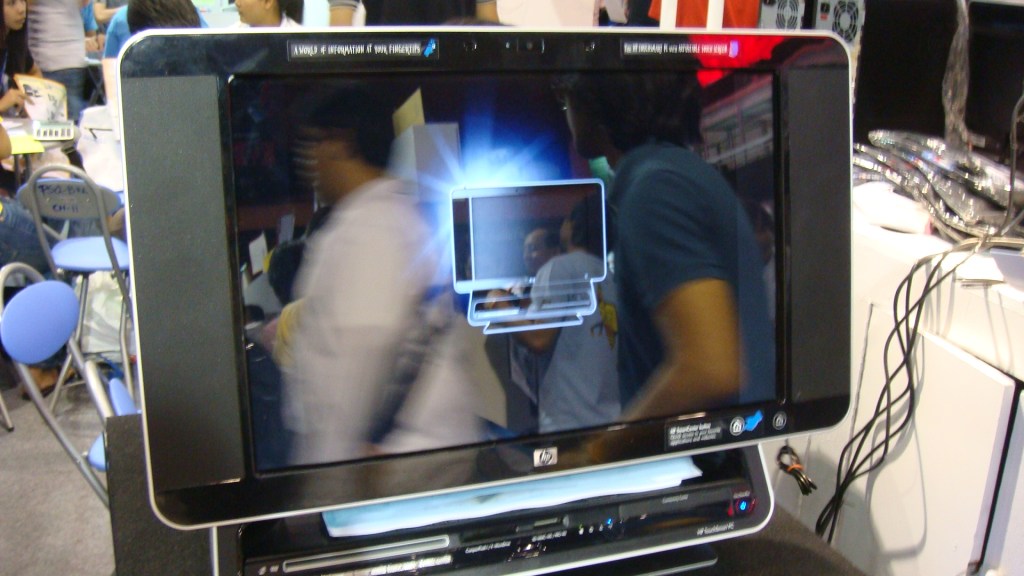
HP TouchSmart Crossfire (2007)
The HP TouchSmart IQ770 wasn’t much of a success on the sales or critical fronts, but gets in here by virtue of its headlining feature: it was the first mass-market desktop with a touchscreen. The Crossfire’s 19-inch screen was finger-friendly, adding a new dimension of control – but perhaps it was a little ahead of its time, and its reliance on mobile components made it a (groan) touch underpowered
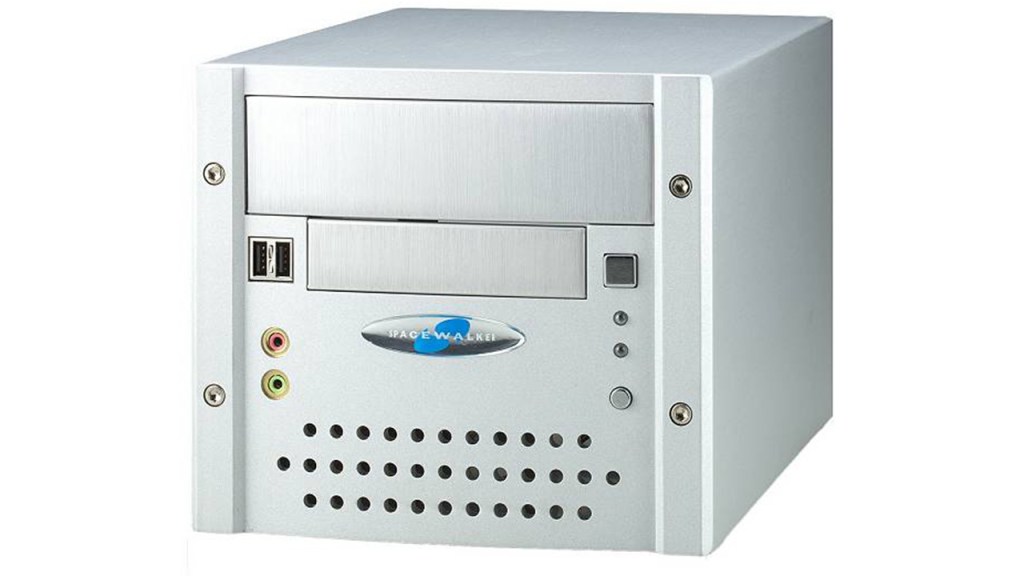
Shuttle SV24 (2001)
At the time of its launch, the SV24 was the smallest desktop PC available, and sparked a movement towards small-form-factor PCs. Despite its dinky dimensions, the SV24 was packed with proper desktop components, making it a hit even with gamers and others seeking power aplenty. Shuttle’s XPC small-form-factor line – still running today – followed soon after.
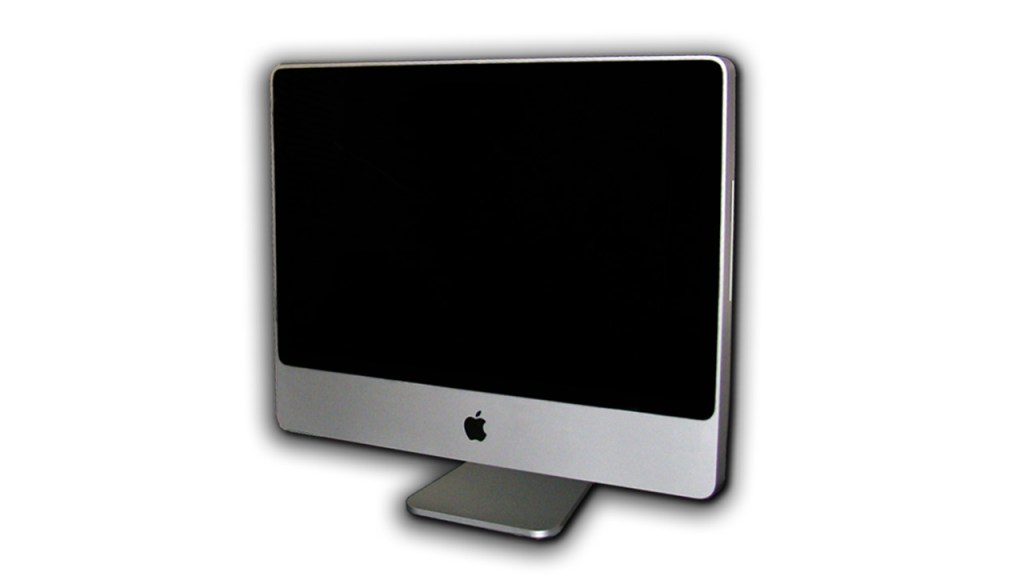
Apple iMac (2007)
The 2007 revamp of the iMac range saw Apple take a radical step: it housed its consumer desktop in a slim enclosure of pure aluminium and glass (and a bit of plastic), with just one screw visible on the whole shebang (and that neatly hidden away on the underside of the screen). Add in the wafer-thin aluminium keyboard and you had a jaw-droppingly stunning design that cemented the Cupertino company as the go-to brand for the style-conscious. Today’s model isn’t that far removed from it.

Acorn Archimedes (1987)
Like the BBC Micro (also built by Acorn), the Archimedes series became a key fixture in school computer labs all over Britain. Boasting 256 colours and 8-channel sound, the Archimedes took over where the BBC left off – and millions of young Brits (including us here at Stuff) got their first taste of the delights of “desktop publishing”, BASIC programming or word processing on one of these beige titans.

Atari ST (1985)
A rival to the likes of the Commodore Amiga and Apple Macintosh, the ST’s games-running proficiency meant it was often found in teenage boys’ bedrooms – but it was also a dab hand at business and CAD functionality. Its MIDI ports proved a hit with musicians too, with the likes of Fatboy Slim and 808 State employing STs to control instruments in their live shows.
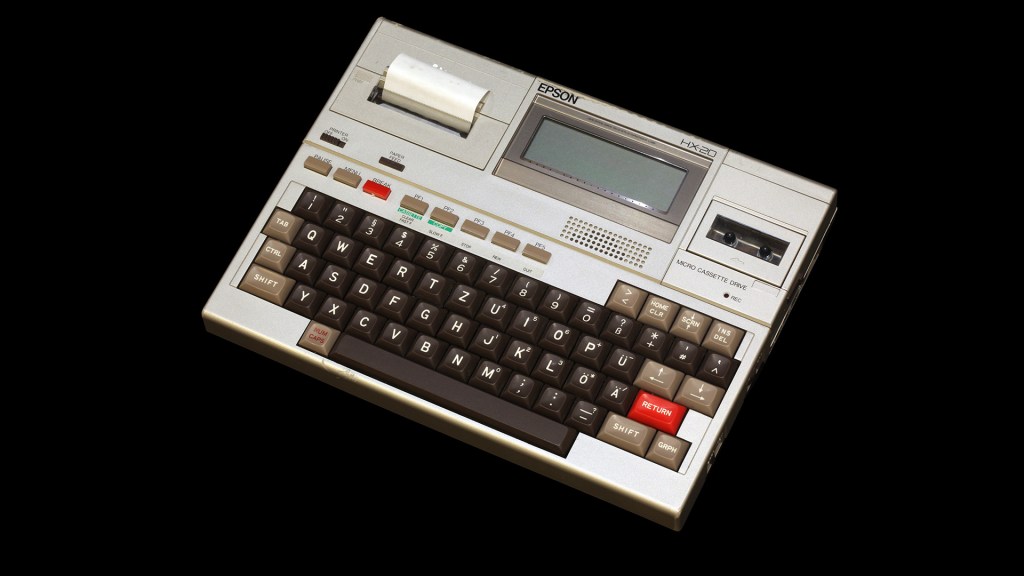
Epson HX-20 (1983)
The first laptop computer EVER? Pretty much: the HX-20 had a footprint roughly the size of a sheet of A4, along with a keyboard, 50-hour (!) rechargeable battery and 120×32-resolution screen. Yep, that’s right: 120 x 32 pixels, allowing for four lines of 20 characters each. It weighed in at 1.6kg, making it genuinely portable, although a floppy disk drive came separately.
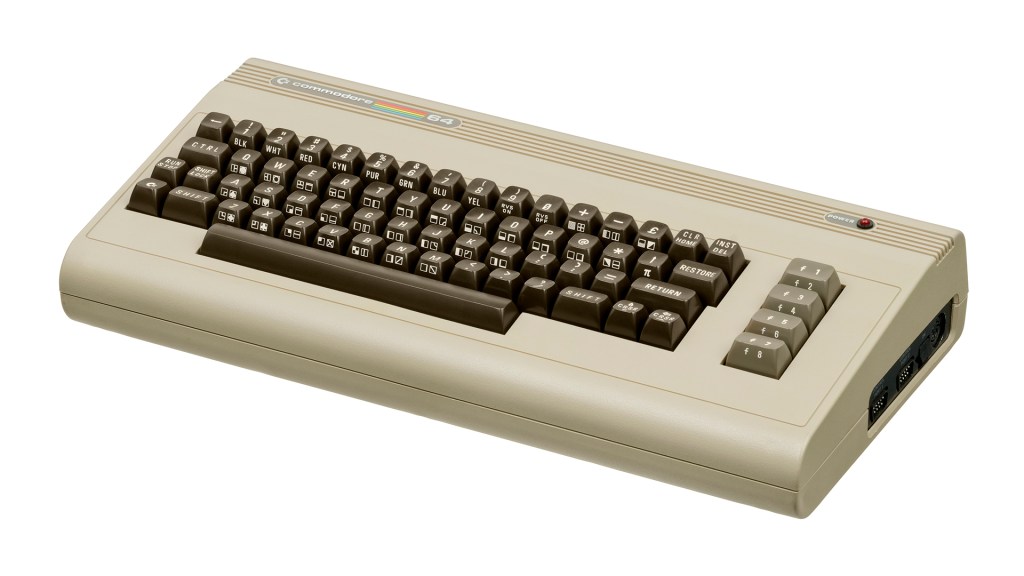
Commodore 64 (1982)
One of the most successful home computers ever, the C64 sold a total of 17 million units in its 12-year lifespan. Its affordable pricetag – a result of Commodore’s clever mass-production techniques – and the fact that it could be hooked up to a regular TV made it many families’ first computer. Loads were used for nothing more than gaming, and there were around 10,000 different games available by the end of its production run. It also inspired legendary magazine Zzap! 64.

Asus Eee PC (2007)
There are dozens of different netbooks available today, but the Linux-based Eee PC was the first. Small, lightweight and very cheap, it was designed for anybody who didn’t need huge amounts of power or storage (or a decent screen resolution): just a portable device they could use for email, web browsing and other basic tasks. The formula was a winner, and Asus shifted 300,000 Eee PCs in 2007 alone.
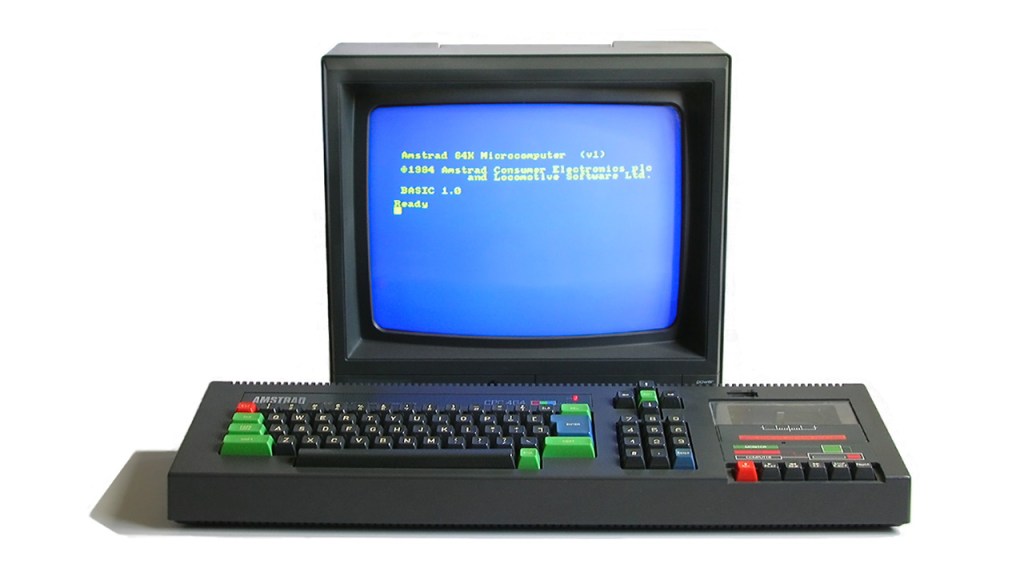
Amstrad CPC (1984)
The Commodore 64 and Sinclair Spectrum had their feet under the table and a row of drinks lined up by the time the Amstrad CPC series pushed open the saloon doors. The basic CPC464 model had a tape deck built in and came with the choice of a colour or (far cheaper) monochrome monitor, while the CPC664 and CPC6128 came with 3-inch disk drives instead of the tape deck.
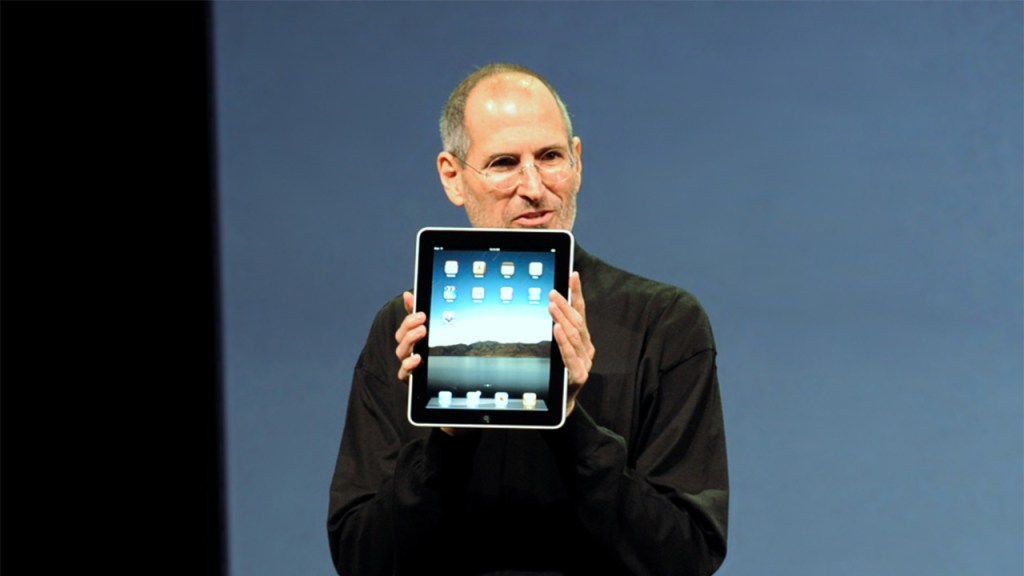
Apple iPad (2010)
Is it really a computer? Well, it runs apps and lets you surf the web, so we’ll allow it – and as for its iconic status, just look at all the tablet pretenders that have already been announced in the wake of its recent launch. With a fantastically vibrant screen and a gloriously responsive multitouch interface, the iPad is still an absolute joy to use today, whether you plump for a cellular model or the Wi-Fi-only tablet.
